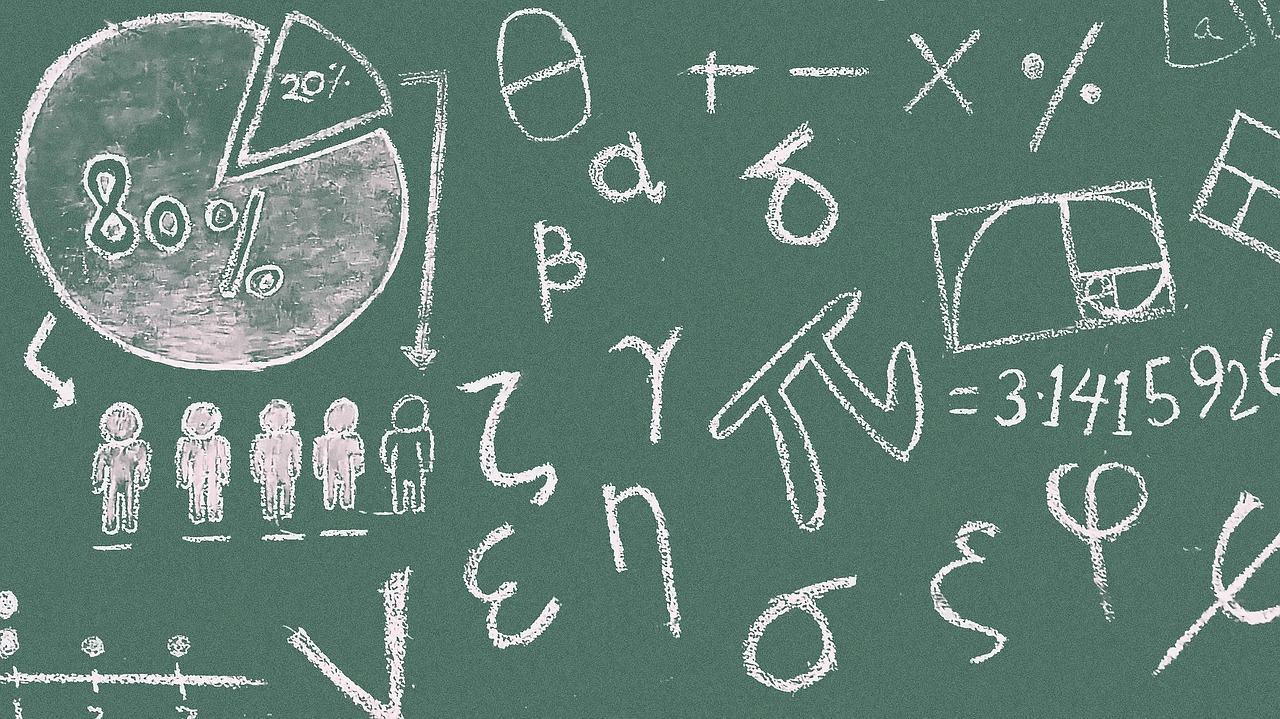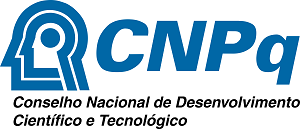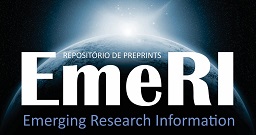Projeto instrucional de aprendizagem integrada de matemática e linguagem (MLIL) para futuros professores de Matemática
DOI:
https://doi.org/10.25053/redufor.v7.e8362Palavras-chave:
Aprendizagem Integrada de Conteúdo e Linguagem, Matemática e Aprendizagem Integrada de Linguagem, Apoio Educacional, Materiais de Aprendizagem, Futuros professores de MatemáticaResumo
Este artigo enfoca o problema da Aprendizagem Integrada de Matemática e Inglês (MLIL) por futuros professores de Matemática. Nossa revisão de literatura sobre o problema mostra uma variedade de aspectos que os cientistas consideram ao estudar o modelo MLIL. No entanto, pesquisas anteriores não consideraram em detalhes o problema de materiais de aprendizagem apropriados (LM) para MLIL. O artigo mostra os resultados de duas pesquisas realizadas com estudantes de Matemática e Ensino Secundário (Matemática) na Ucrânia (82 e 32 participantes, respectivamente). Eles nos ajudaram a tirar uma conclusão sobre: a importância da aprendizagem integrada para a competência matemática e de idiomas dos alunos; a importância dos elementos do programa que refletem os componentes matemáticos e linguísticos das metas, objetivos e resultados de aprendizagem esperados; a necessidade do conteúdo de MLIL ser consistente com as necessidades atuais dos alunos; a necessidade de usar diferentes meios de andaimes, em particular as oportunidades das TIC
Downloads
Referências
ABEDI, J. The language factor in mathematics tests. Applied Measurement in Education, v. 14, n. 3, p. 219-335, 2001.
AKBAROV, A.; GONEN, K.; AYDOGAN, H., Content and (English) language integrated learning (CLIL) applied to math lessons. Acta Didactica Napocensia, [S.l.], v. 11, n. 2, p. 1-10, 2018.
AKÇAYIR, G.; AKÇAYIR, M. The flipped classroom: A review of its advantages and challenges. Computers and Education, [S.l.], v. 126, p. 334-345, 2018.
BARWELL, R. Integrating Language and Content: Issues from the Mathematics Classroom. Linguistics and Education. An International Research Journal, [S.l.], v. 16, n. 2, p. 205-218, 2005.
BARWELL, R. Multilingualism in Mathematics classrooms: global perspectives. Clevedon: Multilingual Matters, 2009.
BENVENISTE, E. Problèmes de linguistique générale. Paris: Gallimard, 1966.
BHAGAT, K. K.; CHANG, C. N.; CHANG, C. Y. The impact of the flipped classroom on mathematics concept learning in high school. Educational Technology & Society, [S.l.], v. 19, n. 3, p. 124-132, 2016.
BISHOP, J.; VERLEGER, M. The flipped classroom: A survey of the research. ASEE National Conference Proceedings, Atlanta, v. 30, n. 9, p. 1-18, 2013.
CANADO, M. L. P. CLIL research in Europe: Past, present, and future. International Journal of Bilingual Education and Bilingualism, [S.l.], v. 15, n. 3, p. 1-27, 2011.
CAPONE, R.; SORBO, M. R.; FIORE, O. A flipped experience in physics education using CLIL methodology. Eurasia Journal of Mathematics, Science and Technology Education, [S.l.], v. 13, n. 10, p. 6579-6582, 2017.
CLARKSON, P. C. Language and Mathematics: A comparison of bilingual and monolingual students of Mathematics. Educational Studies in Mathematics, [S.l.], v. 23, n. 4, p. 417-430, 1992.
CLARKSON, P. C.; DAWE, L. Problem solving in two languages: A longitudinal study of bilingual students in Melbourne and Sydney. In: BELL, G. et al. (ed.). Challenges in mathematics education: Constraints on construction. Sydney: Merga, 1994. p. 173-178.
CLARKSON, Z. P. Iranian bilingual students reported use of language switching when doing mathematics. Mathematics Education Research Journal, [S.l.], v. 20, n. 1, p. 52-81, 2008.
COYLE, D. CLIL: Towards a Connected Research Agenda for CLIL Pedagogies. International Journal of Bilingual Education and Bilingualism, [S.l.], v. 10, n. 5, p. 543-562, 2007.
DALE, D. C.; CUEVAS, G. J. Integrating language and mathematics learning. In: JOANN, C. (ed.). ESL through content-area instruction. Regents: Prentice Hall, 1987. p. 9-23.
DAVIES, R.; DEAN, D.; BALL, N. Flipping the classroom and instructional technology integration in a college-level information systems spreadsheet course. Educational Technology Research and Development, [S.l.], v. 61, n. 4, p. 563-580, 2013.
ELLERTON, N. F.; CLARKSON, P. C. Language factors in mathematics teaching and learning. In: BISHOP, A. J. et al. (ed.). International handbook of Mathematics education. Dordrecht: Kluwer Academic, 1996. p. 987-1033.
FAVILLI, F.; MAFFEI, L.; PERONI, R. Teaching and Learning Mathematics in a Non-native Language: Introduction of the CLIL Methodology in Italy. US-China Education Review, [S.l.], v. 3, n. 6, p. 374-380, 2013.
FERNANDEZ, R. F.; HALBACH, A. Analysing the situation of teachers in the CAM bilingual project after five years of implementation Conference: Symposium on Content and Language Integrated Learning (CLIL). In: LAGASABASTER, D.; RUIZ DE ZAROBE, Y. (ed). CLIL in Spain: Implementation, Results and Teacher Training. Chapter: From the Classroom to University and Back: Teacher Training for CLIL in Spain at the Universidad de Alcalá. Edition: Cambridge Scholars, 2009.
FROST, R.; BRITISH COUNCIL. A Task-Based Approach. 2021. Available in: https://www.teachingenglish.org.uk/article/a-task-based-approach. Accessed on: July 2, 2021.
HAMDAN, N. et al. Review of Flipped Learning. 2013. Available in: http://www.flippedlearning.org/cms/lib07/VA01923 112/Centricity/Domain/41/LitReview_FlippedLearn ing.pdf. Accessed on: July 2, 2021.
HASANOVA, L. X. The main directions of the application of pedagogical innovations in modern times and the role of teachers in this activity. Educação & Formação, Fortaleza, v. 6, n. 3, p. e5347, 2021. DOI: 10.25053/redufor.v6i3.5347. Available in: https://revistas.uece.br/index.php/redufor/article/view/5347. Accessed on: June 30, 2022.
LATU, V. F. Language Factors that Affects Mathematics Teaching and Learning of Pasifika Students. Semantic Scholar, 2006. Available in: https://www.academia.edu/1593857/Language_Factors_that_affect_Mathematics_Teaching_and_Learning_of_Pasifika_Students. Accessed on: July 2, 2021.
MACWHINNEY, B. The CHILDES project: Tools for analysing talk. Hillsdale: Erlbaum, 1995.
MALJERS, A.; MARSH, D.; WOLFF, D. (ed.). Windows on CLIL: Content and Language Integrated Learning in the Spotlight. The Hague: European Platform for Dutch Education, 2007.
MARTÍN, L. D.; PÉREZ, M. C. M.; ESTEBAN, M. C. L. Initial teacher training in mathematics and its influence on educational improvement of students with special needs. Educação & Formação, Fortaleza, v. 2, n. 5, p. 3-19, 2017. DOI: 10.25053/edufor.v2i5.2173. Available in: https://revistas.uece.br/index.php/redufor/article/view/133. Accessed on: June 30, 2022.
MEHISTO, P. Criteria for producing CLI learning material. Encuentro, [S.l.], v. 21, p. 15-33, 2012.
MEHISTO, P.; MARSH, D.; FRIGOLS, M. J. Uncovering CLIL: Content and Language Integrated Learning in Bilingual and Multilingual Education. Oxford: Macmillan, 2008.
MIQDADI, R.; AL-LAMAL, D. Difficulties in Content and Language Integrated Learning: The Case of Math. Jordan Journal of Educational Sciences, [S.l.], v. 9, n. 4, p. 449-459, 2013.
NEVILLE-BARTON, P.; BARTON, B. The relationship between English language and mathematics learning for non-native speakers. Final Report. Wellington. Teachers learning & Research Initiative, [S.l.], 2005. Available in: http://www.tlri.org.nz/tlri-research/research-completed/school-sector/relationship-between-english-language-and-mathematics. Accessed on: July 2, 2021.
NOVOTNA, J.; HOFMANNOVA, M. Context-dependent learner comprehension strategies Mathematics taught in English to Czech learners. 2021. Available in: https://www.researchgate.net/publication/267830680_Context-dependent_learner_comprehension_strategies_Mathematics_taught_in_English_to_Czech_learners. Accessed on: July 2, 2021.
PARSONS, M.; CALDWELL, M. Student attitudes to CLIL lessons utilising a problem-based approach to English language education at university in Japan. The Hannan Ronsyu, [S.l.], v. 51, n. 2, p. 31-47, 2016.
RISKHULOVA, D. A. Uzbek Teachers’ Attitude towards Implementation of CLIL Methodology in Primary and Secondary Schools. Academic Research in Educational Sciences, [S.l.], v. 2, n. 6, p. 405-408, 2021.
SEARLE, J. R. Speech acts: An essay in the philosophy of language. Cambridge: Cambridge University, 1969.
SURMONT, J. et al. The effects of CLIL on mathematical content learning: A longitudinal study. Studies in Second Language Learning and Teaching, [S.l.], v. 6, n. 2, p. 319-337, 2016.
TARASENKOVA, N. et al. Preconditions and Preparatory Steps of Implementing CLIL for Future Mathematics Teachers. Universal Journal of Educational Research, [S.l.], v. 8, n. 3, p. 971-982, 2020.
TEJKALOVA, L. P. Mathematics for language, language for Mathematics. European Journal of Science and Mathematics Education, [S.l.], v. 1, n. 1, p. 23-28, 2013.
VELYCHKO, V. Y. et al. The support of the process of training pre-service mathematics teachers by means of cloud services. Workshop Proceedings Cloud Technologies in Education, [S.l.], 2020. Available in: http://elibrary.kdpu.edu.ua/bitstream/123456789/4385/1/paper17.pdf. Accessed on: July 2, 2021.
WEINRICH, H. Tempus: Besprochene und erzaehlte welt. Muenchen: Beck, 2001.
WILLIS, J. A Framework for Task-Based Learning. Longman: Longman Handbooks for Language Teachers, 1996.
WOLFF, D. On the Importance of CLIL in the context of the debate on plurilingual education in the European Union. In: MARSH, D. (ed.). CLIL/EMILE The European Dimension: action, trends and foresight potential. Brussels: European Commission, 2002. p. 47-48.
YANG, W.; YANG, L. Evaluating Learners’ Satisfaction with a Distance Online CLIL Lesson During the Pandemic. English Teaching & Learning, [S.l.], 2021.

Downloads
Publicado
Como Citar
Edição
Seção
Licença
Copyright (c) 2022 Nina Tarasenkova, Iryna Akulenko, Iryna Kulish, Iryna Nekoz

Este trabalho está licenciado sob uma licença Creative Commons Attribution 4.0 International License.
Os autores possuem direitos autorais dos seus textos:
A revista Educação & Formação permite ao autor os direitos de publicação, no entanto, recomenda um intervalo de dois anos para o caso de republicação.
Os nomes e endereços informados nesta revista serão usados exclusivamente para os serviços prestados por esta publicação, não sendo disponibilizados para outras finalidades ou a terceiros.



















